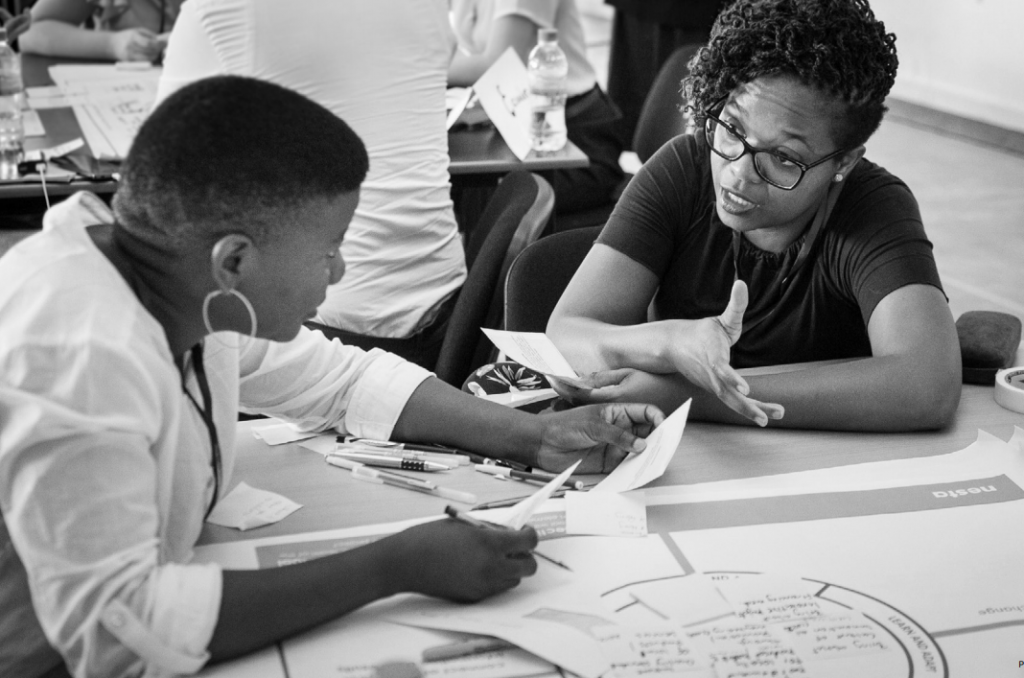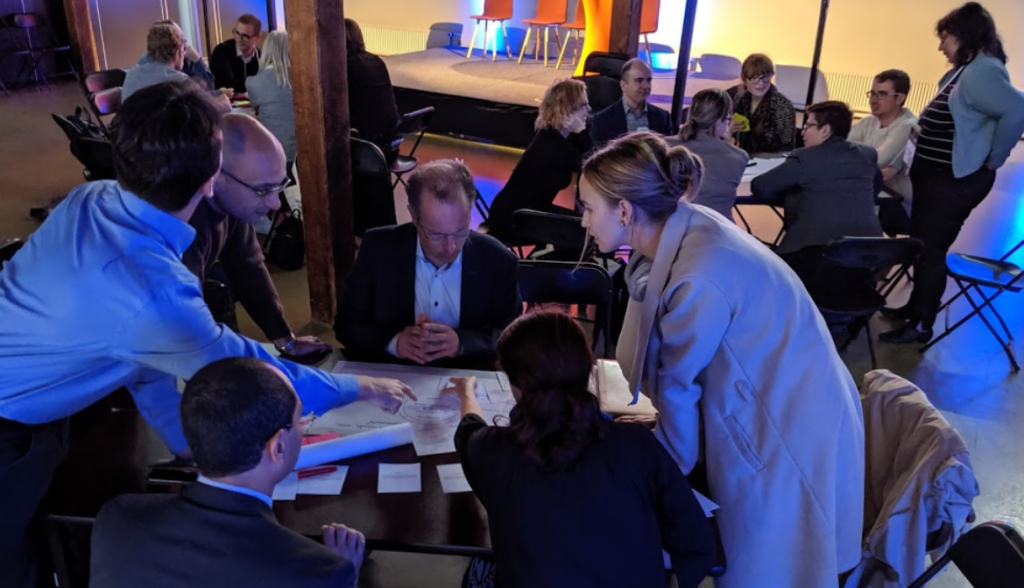Collective intelligence (CI) has emerged in the last few years as a new field, prompted by a wave of digital technologies that make it possible for organisations and societies to harness the intelligence of many people, and things, on a huge scale.
It is a rapidly evolving area, encompassing everything from citizen science to open innovation to the potential use of data trusts, and offers enormous new opportunities in fields like sustainability, health and democracy. For Europe, harnessing CI will be critical to achieving its economic and social goals through initiatives like the Green New Deal or Next Generation Internet.
A quick primer
Collective intelligence is created when people work together, often with the help of technology, to mobilise a wider range of information, ideas and insights to address a social challenge.
As an idea, it isn’t new. It’s based on the theory that groups of diverse people are collectively smarter than any single individual on their own. The premise is that intelligence is distributed. Different people hold different pieces of information and different perspectives that, when combined, create a more complete picture of a problem and how to solve it. The intelligence of the crowd can be further augmented by combining these insights with data analytics and Artificial Intelligence (AI). Bringing these two elements can be extremely powerful but the field is still emerging and it isn’t always clear how to do it well.
Nesta’s
Centre for Collective Intelligence Design
is at the forefront of both research and practice in this space, and has recently
developed a Collective Intelligence Playbook to support others to harness CI more
effectively.
Click here to explore Nesta’s Collective Intelligence Playbook
To explore the opportunities for Europe and the European Commission’s NGI initiative further, Nesta held a workshop as part of the MyData event in Helsinki in September. In this workshop, we introduced participants to the concept of collective intelligence and asked: how can we best combine the intelligence of the crowd and artificial intelligence to solve some of today’s largest societal problems?
During the workshop Peter Baeck, Head of the Centre for Collective Intelligence Design at Nesta and Aleks Berditchevskaia, Senior Researcher on collective intelligence explained the concept of CI and then took workshop participants through the Collective Intelligence Toolkit developed by Nesta.
Katja Henttonen, project manager in e-democracy for Helsinki,
provided a live case study introduction to CI in practice through a demonstration of
the Decidim online democracy and participatory budgeting tools currently being
trialled in the city.
Using the collective intelligence toolkit canvas and method prompt cards the groups
were given an hour to work on a number of practical problem statements, exploring
several challenges in the internet space, opportunities around collective intelligence
were explored, as well as questions about how CI can be practically used at scale,
learning from exciting case studies from around the world.
What did we learn from the workshop?
- Workshop participants saw huge potential in using CI and the toolkit In particular participants were excited to be introduced to new methods such as citizen science or using satellite data for collective intelligence.
- There is a clear need for better practical guidance, such as Nesta’s playbook, on what CI is and how it can be applied by organisations. Workshop participants suggested this could be done through further development of practical tools and guides for how to design for CI and the creation of open repositories or data bases on CI methods and use cases. Within this, participants highlighted the need to make the support for CI as practical as possible and suggested connecting any research, investment and support for CI to specific social challenges, such as climate change, fake news or digital democracy.
- Of the different tools and methods to enable CI, the workshop highlighted a particular interest in understanding the relationship between human and machine intelligence in enabling different forms of CI and raised three challenges/questions:
- Better understanding of the different functions in the relationship between human and machine intelligence and how to design solutions that tap into the benefits of these while maintaining strong ethical frameworks and give individuals control of the data they want to contribute to the collective and how this can be used.
- Knowledge on how AI enabled CI can be applied and used within grassroots networks and NGO’s to better mobilise volunteers, activists and community group to identify and solve common challenges is needed.
- Funding that explicitly focuses on bringing together the AI community with the CI community is needed to foster new forms of collaboration.




